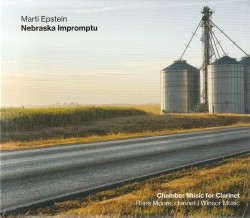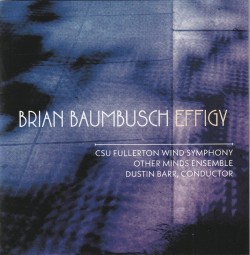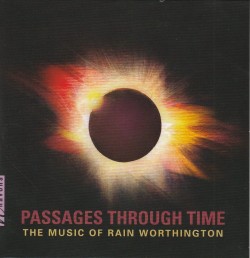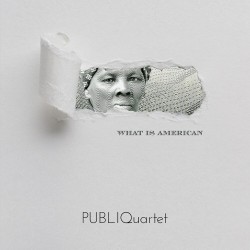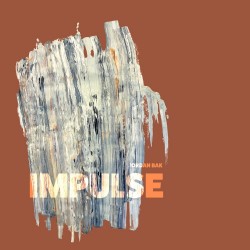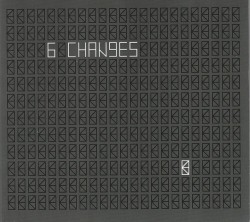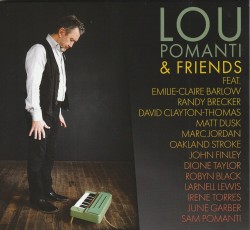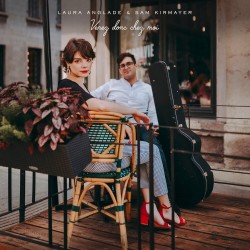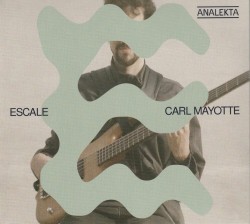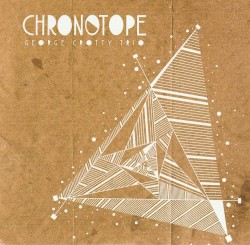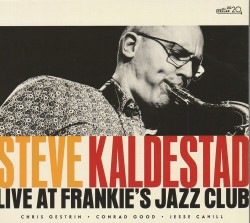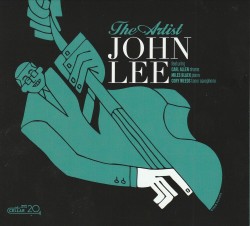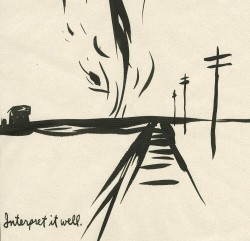Christopher Trapani: Horizontal Drift - Amy Advocat; Marco Fusi; Maximilian Haft; Daniel Lippel; Marilyn Nonken
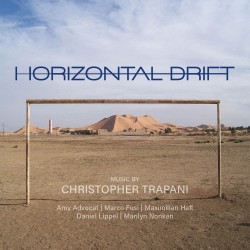 Christopher Trapani – Horizontal Drift
Christopher Trapani – Horizontal Drift
Amy Advocat; Marco Fusi; Maximilian Haft; Daniel Lippel; Marilyn Nonken
New Focus Recordings FCR296 (newfocusrecordings.com)
Other than his name and email, the only thing on multiple-award-winning American/Italian composer Christopher Trapani’s business card is, “Mandolins and Microtones.” Both interests are reflected in the outstanding album, Horizontal Drift, featuring six of his compositions.
Trapani’s bespoke compositional approach taps the soundworlds of American, European, Middle Eastern and South Asian origin, blending them into his own musical palette. Certainly ambitious in its cultural diversity, Turkish maqam and South Asian raga rub shoulders with Delta blues, Appalachian folk and 20th-century-influenced electronically mediated spectral effects and canons. Horizontal Drift also reflects Trapani’s preoccupation with melody couched in microtonality and just intonation. Timbral diversity derived from the use of unusual instruments, retuning and preparation are other compositional leitmotifs.
Album opener Târgul (the name of a Romanian river) is scored for the Romanian horn-violin plus electronics. With a metal resonator and amplifying horn, it has a tinny, thin sound reminiscent of a 1900s cylinder violin recording. Trapani’s intriguing composition maps a modern musical vocabulary onto the instrument’s keening voice, his work interrogating its roots in the folk music of the Bihor region of Romania.
The track Tesserae features the viola d’amore, a Baroque-era six- or seven-stringed bowed instrument sporting sympathetic strings. After exploring multi-tonally inflected modal melodies with gliding ornaments, well into the piece Trapani engineers the musical analogy of a coup de théâtre. In Marco Fusi’s skillful and sensitive hands the viola d’amore unexpectedly morphs into a very convincing Hindustani sarangi. This magical moment of musical metamorphosis was so satisfying I had to play it several times.


